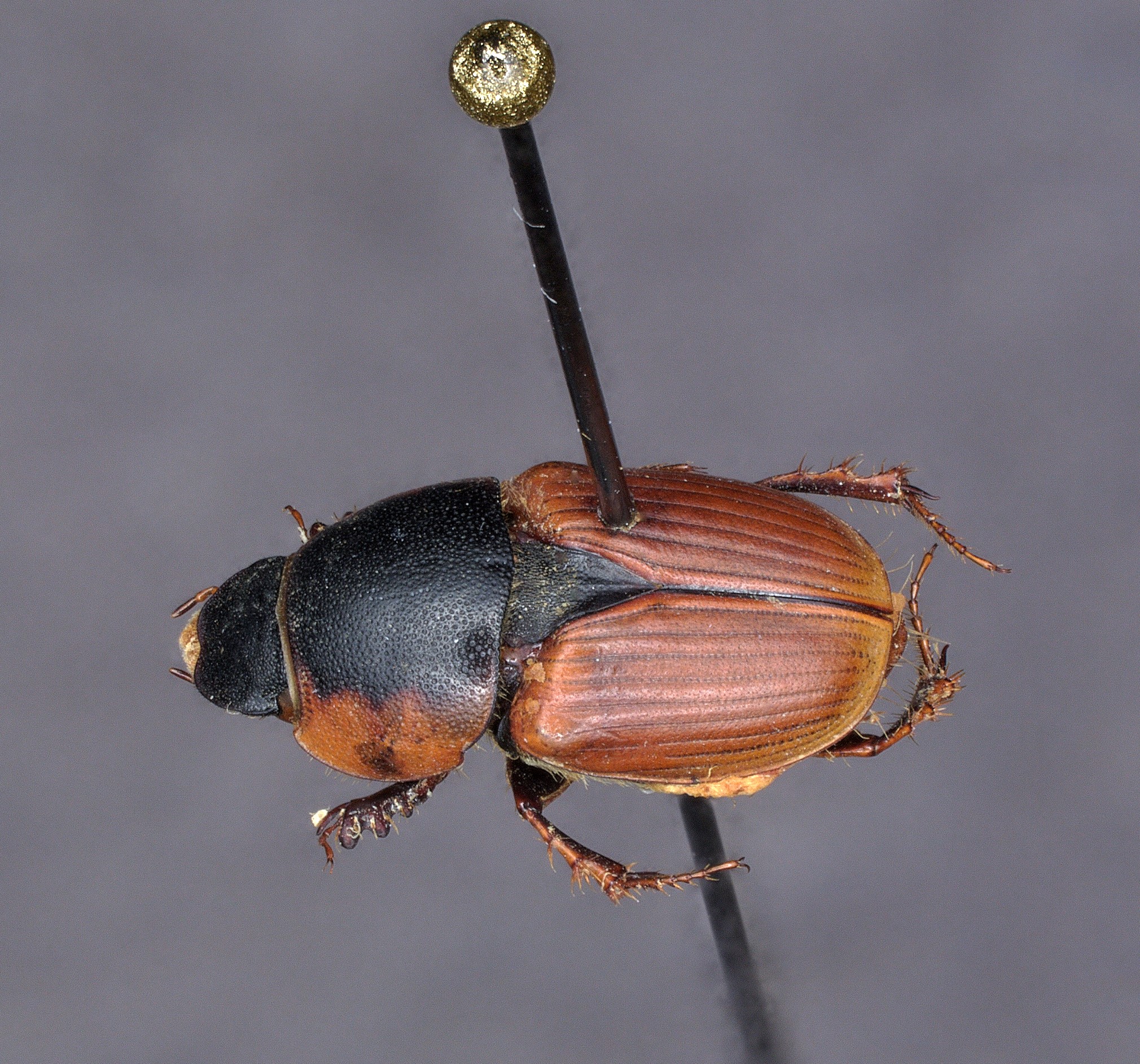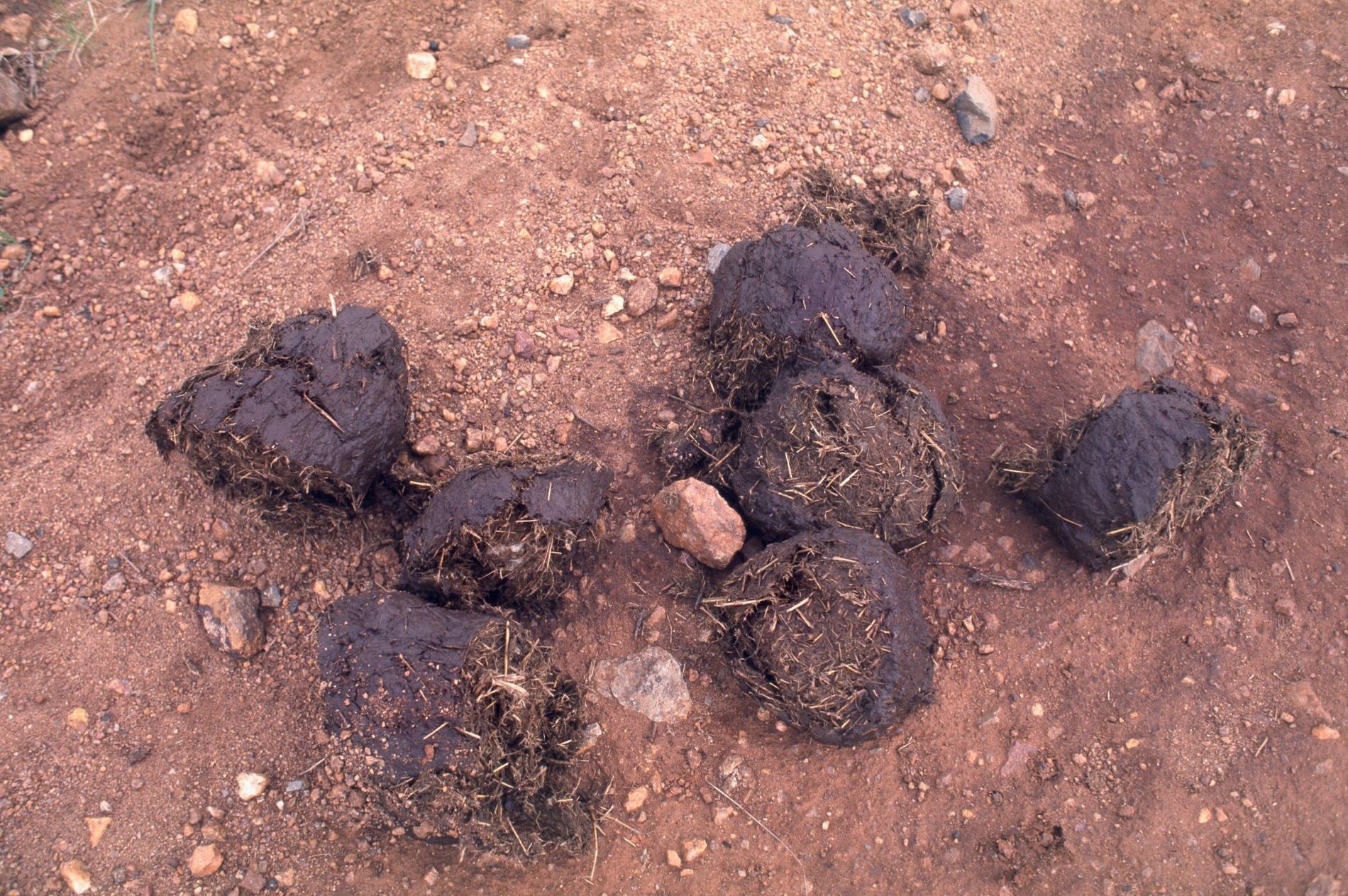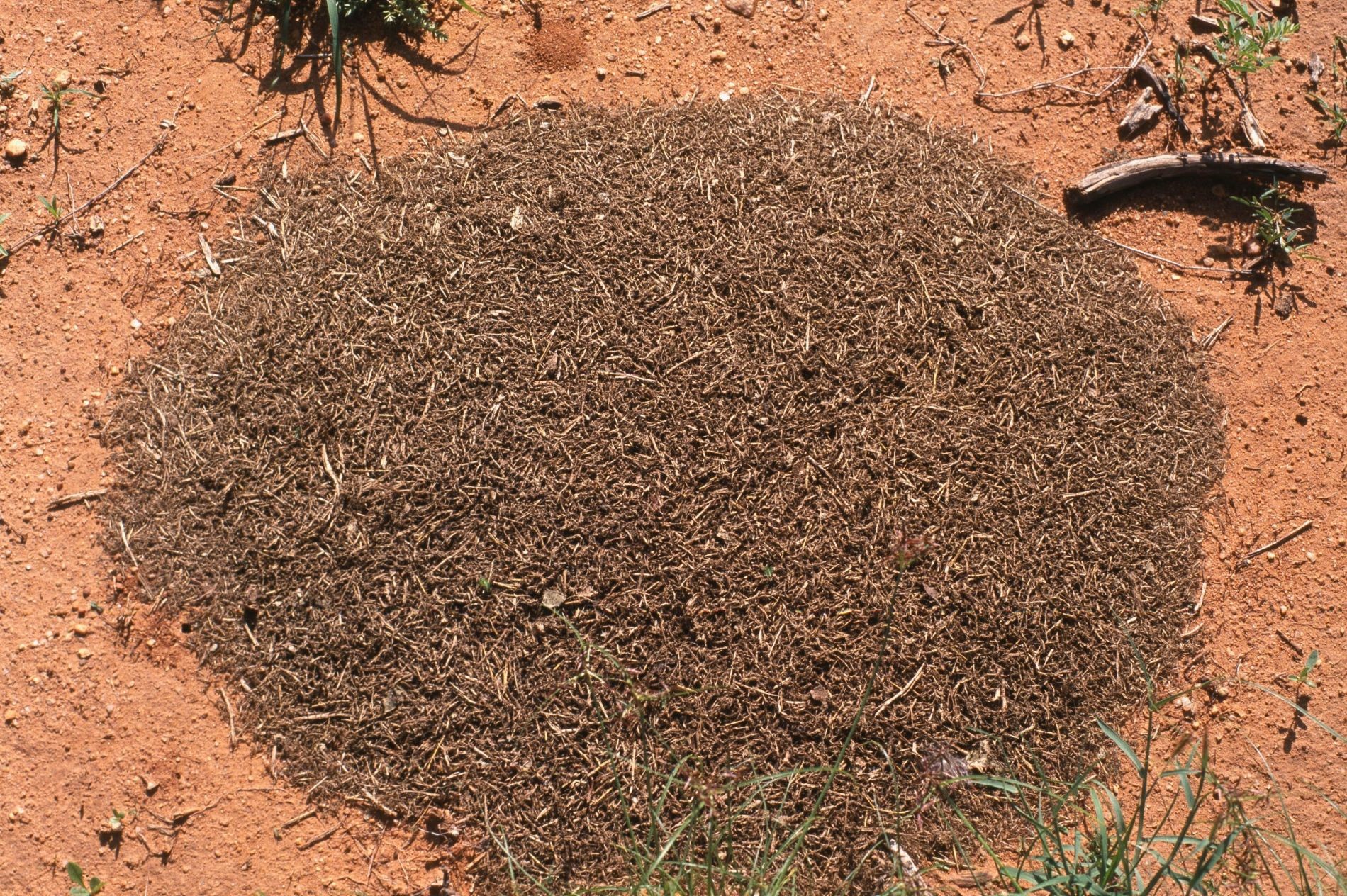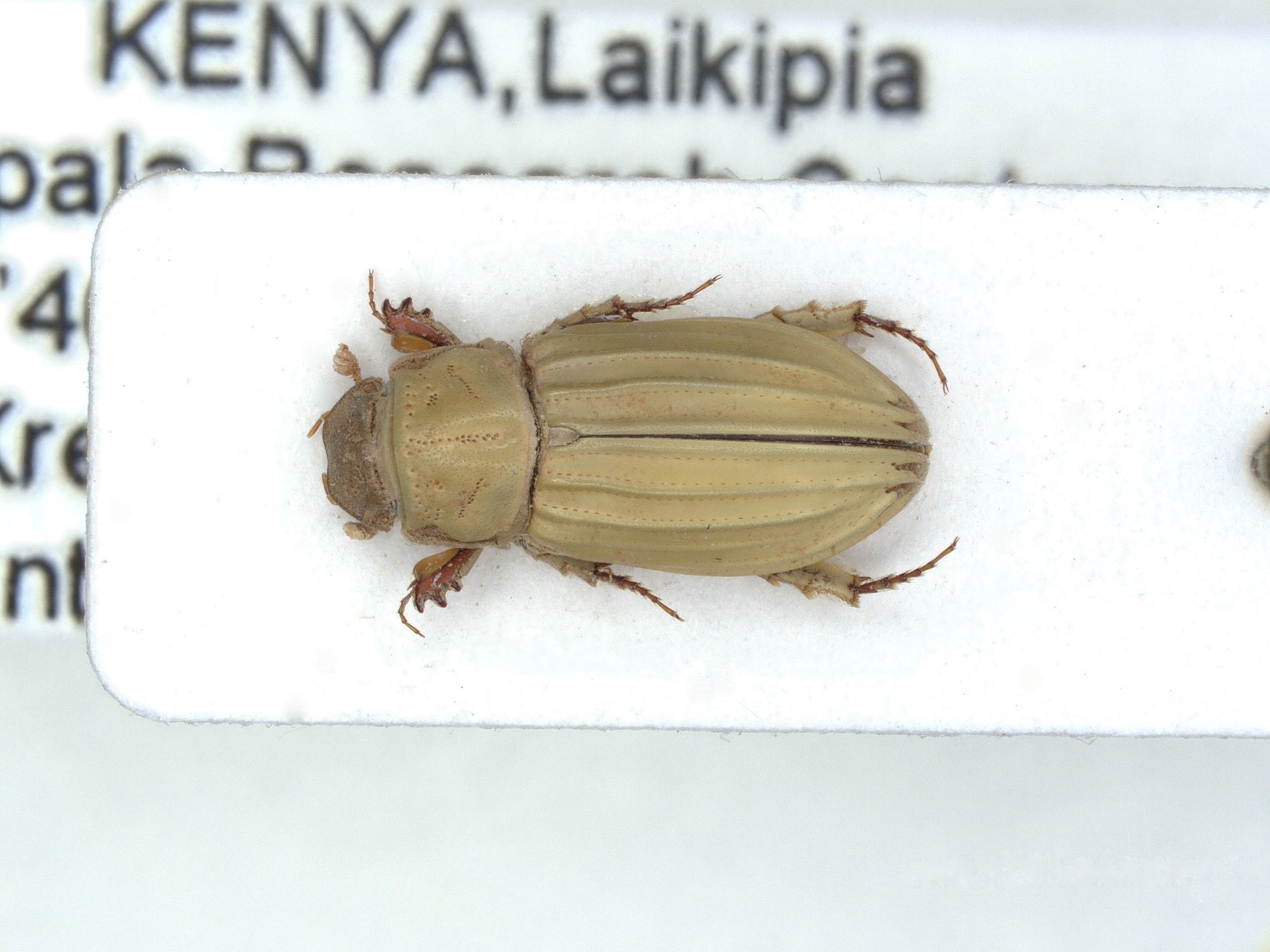It Turns Out, Quite a Lot!

"Do we have dung beetles in Colorado?" I have heard this question more than once. Yes, we have over 85 species of dung beetle in our state — out of around 9,800 species of dung beetles worldwide. While many Coloradoans may not have heard about them because normal people do not search through poop and our dung beetles are not abundant, they are certainly out there.
In Colorado, it is not unusual for a cattle or bison patty to remain on the pasture for months or years, almost untouched. Dung beetles that would dismantle it are nowhere to be seen. This is because the abundance of dung beetle fauna in our state is rather low. Colorado is dry and has long, cold winters — which is not a recipe for an abundance of insects. Moreover, it’s likely that the extermination of tens of millions of bison on the Great Plains in the 19th Century, which removed a stable and reliable food source for dung beetles, had its consequences: killing off the bison may have killed off bison-reliant dung beetles along with them.

Bison in Elbert County, Colo. in 2011. (Photo/ Frank Krell)
But many other parts of the world still have rich, non-extinct populations of large mammals and abundant dung beetles. Let’s visit East Africa where elephants, zebras, cape buffaloes and antelopes still inhabit sprawling savannas ecosystems and support a rich diversity of dung beetle species. But how many dung beetles are there in East Africa? That question inspired a research project more than 20 years ago when I was a research entomologist with the Natural History Museum London. Throughout a three-year-long project along with my wife, ecologist Sylvia Krell-Westerwalbesloh, we looked deep into the ecology of dung beetles in West and East African savannas.
African grasslands are dung beetle heaven. If one, lacking a restroom nearby, opts to relieve oneself behind the bushes, their waste can disappear within a half hour because of the abundance of dung beetles. But for elephants, it will take a bit longer. This led us to an interesting question: how many beetles does elephant dung attract?

A younger Dr. Frank Krell found a wonderful bolus of elephant dung near the Mpala Research Centre in Laikipia, Kenya in 2003. (Photo/ Sylvia Krell-Westerwalbesloh)
When we visited the Laikipia region in central Kenya, we went to work to find out. Elephant dung is easy to find as it occurs in large heaps and often on the road. Upon locating the elephant waste, we collected two balls — also known as “boli” — and exposed one of them during the night and one during the daytime on the bare soil to see what would happen. After half a day each, we collected the remainder of the dung and soil beneath and extracted all the dung beetles using the floating method, which is basically throwing the dung into a bucket of water: dung sinks, beetles float.

Typical elephant droppings found on the road. (Photo/ Frank Krell)
While the “day bolus” contained just over 3,300 beetles, the one exposed overnight, no longer recognizable as a bolus, harbored 13,399 dung-loving beetles. Sylvia counted them all — ecologists need stamina. All that was left of the bolus was a thin mat of dung residue.

One elephant bolus after a night’s work by dung beetles. (Photo/ Frank Krell)
Now we know for sure that two pounds of elephant dung serve about 13,400 beetles with food and shelter. Elephants produce on average 320 pounds of dung per day. That means that one elephant can sustain more than 2 million dung beetles on any given day. The Laikipia-Samburu ecosystem, which hosts approximately 5,000 to 7,500 elephants, would then provide for 14 billion dung beetles in an area of over 21,000 square miles – which is about the size of Maryland and New Jersey combined.
While the African savanna elephant is not currently close to extinction in East Africa, the species is classified as threatened by the International Union for Conservation of Nature and did vanish from other parts of continent.

An adult and a young savanna elephant near the Mpala Research Centre in central Kenya. (Photo/ Frank Krell)
So, what would happen if the elephants disappeared? Some of the beetles would find other food, but the dung to support 14 billion dung beetles would cease to exist. While the East African savannas’ dung beetle population would not become as poor as Colorado, the extinction of the majestic largest land mammal on the planet would undoubtedly have devastating effects on the billions and billions of smaller animals depending on them. Perhaps it would echo what happened here in Colorado when our bison disappeared in the not-so-distant past.
This research was recently published in The Science of Nature.

Dung beetle Sybax impressicollis, collected on March 8, 2003, from elephant dung in Laikipia, Kenya. The catalogue number is DMNS ZE.133395. It is the first record for Kenya. (Photo/ Frank Krell)
Source:
Krell, F.-T. & Krell-Westerwalbesloh, S. 2024. One elephant may sustain 2 million dung beetles in East African savannas on any given day. The Science of Nature – Naturwissenschaften 111: 5 (8 pp.).
This browser is no longer supported.
We have detected you are using a less secure browser - Internet Explorer.
Please download or use Google Chrome, Firefox or if using Windows 10, you may also use Microsoft's Edge browser.